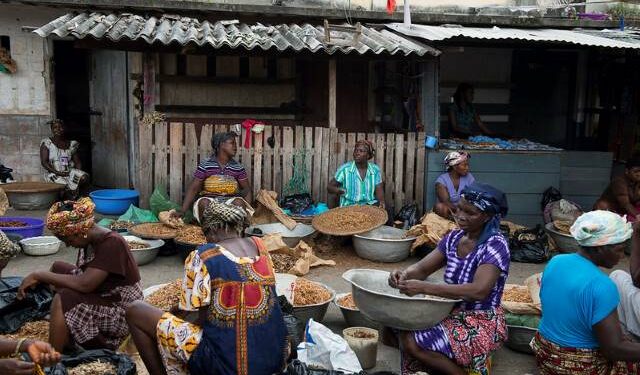Food Insecurity: Insufficient Food Consumption Rises By 5.77% In Ghana Amid Cost-of-Living Crisis
The July 2024 Food Security Monitor report highlights a concerning rise in food insecurity in Ghana, with insufficient food consumption (IFC) increasing by 5.77%.
This uptick is attributed to the ongoing cost-of-living crisis, driven by high inflation rates, currency depreciation, and elevated fuel prices, which have significantly raised the prices of staple crops like maize and rice.
This development aligns with earlier findings from the World Food Programme (WFP) 2024 February report.
The WFP’s February 2024 country brief and preliminary March 2024 analysis projected that approximately 1.05 million people in Ghana would face food insecurity between June and August 2024, with contributing factors being climate change, low prices, poor infrastructure, and inadequate education, compounded by Ghana’s susceptibility to global price fluctuations, particularly affecting imported rice.
Per the report, the number of people with IFC in July remained unchanged from June in most countries except Ghana, Nigeria, and Uganda, where it rose by 5.77%, 3.98%, and 7.5% respectively, and in Zimbabwe where it decreased by 5.45%.
Compared to a year ago, however, most countries have experienced surges in the number of people with IFC except Mozambique, Rwanda, South Sudan, Uganda, and Zambia where the current rates are lower.
The report further notes that, during July, countries that emerged as food insecurity hotspots (defined as countries where over 50% of the total population has IFC) include Burkina Faso (56.6%), Mali (69.1%), Niger (82.6%), and Nigeria (51.5%).
The monthly Food Security Monitor is a critical tool for stakeholders across the African agricultural landscape.
The report equips policymakers, practitioners, and the wider community with vital insights to navigate challenges, prioritize interventions, and ultimately build a more food-secure future for all.
The 49th edition overviews the food security situation and market prices across East, South, and West Africa.







